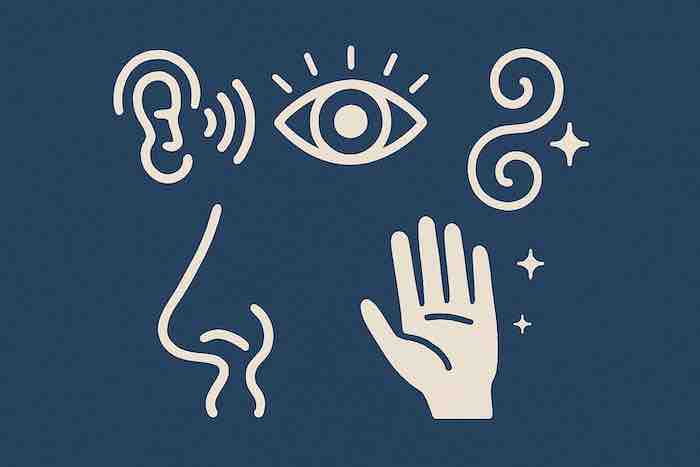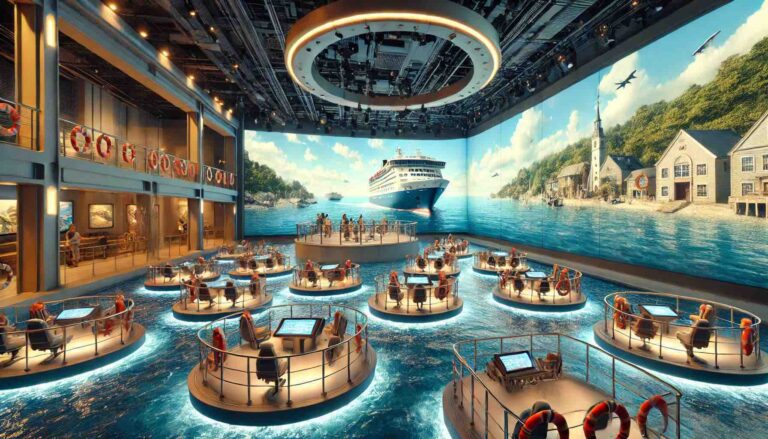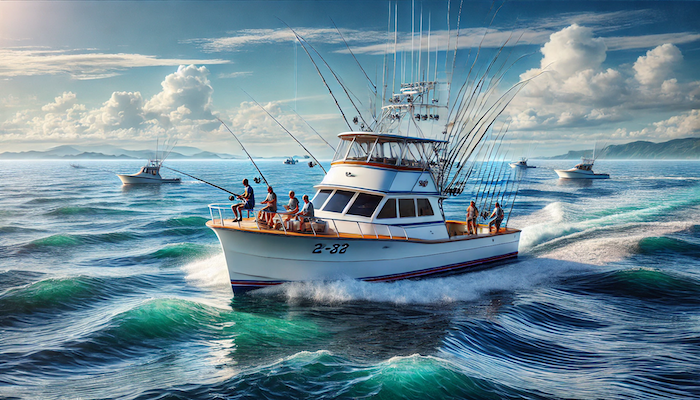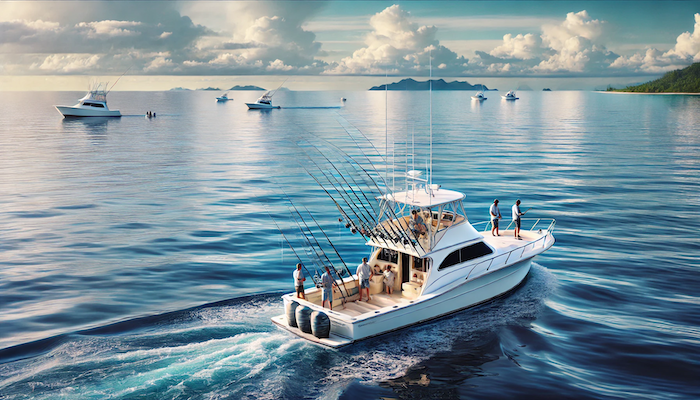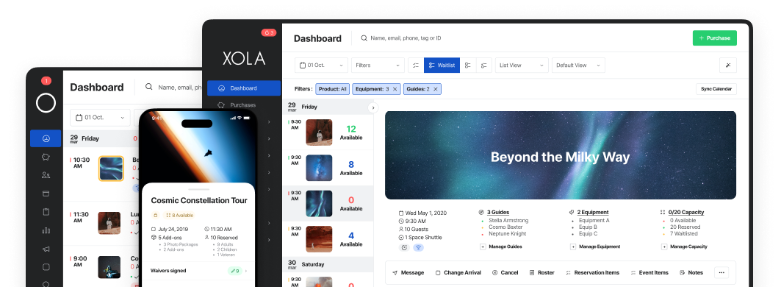
The leisure boat market is expected to reach $49 billion in 2026, up from about $41 billion in 2022. That’s excellent news for boat tour operators.
Boat tour companies occupy a niche segment of the tourism industry, offering both relaxing and adventure-filled experiences on the water. With the growing demand for unique experiences, the market will become more and more competitive.
In this post, we’ll walk through the key steps when it comes to tour marketing for boat tours. You’ll learn how to create a comprehensive marketing plan for your business, from attracting the right customers to retaining loyal guests.
Define your boat tour’s marketing goals
Before diving into any marketing strategy, you must define clear goals. We recommend using the SMART framework (Specific, Measurable, Attainable, Relevant, Time-related), as it provides you with a solid roadmap for tracking your campaigns. Let’s break these down below:
- Specific: Does your goal refer to a concrete and particular area of your business? (such as conversion rates)
- Measurable: Can you measure your goal using quantitative (numerical) or qualitative (descriptive) data?
- Attainable: Can you (or your employees) achieve this goal?
- Relevant: Does the goal support your long-term objectives and/or solve a specific problem?
- Time-related: Now, set a deadline for achieving your goal.
For boat tour operators, common goals might include increasing bookings by 15% in the next quarter or growing your online presence by getting more social media followers. Now, two commonly used frameworks for goal-setting are OKRs (Objectives and Key Results) and KPIs (Key Performance Indicators). We’ll explore these next.
OKRs vs. KPIs
OKRs focus on achieving specific, measurable outcomes tied to broader objectives. They are often more aspirational and set a clear direction for the team. For example, a boat tour company might aim to increase annual revenue by 20%. In this case, key results include total bookings, average ticket price, and customer satisfaction scores.
OKRs align team members towards a common purpose while providing clarity on what success looks like. However, they may be challenging to implement without proper communication across your business. These may also encourage overly ambitious goals that demotivate staff.
KPIs are specific metrics used to track and measure the performance of various aspects of a business. Think sales, marketing, and customer satisfaction. A boat tour operator would measure its Net Promoter Score (NPS) to gauge customer loyalty, for instance.
KPIs provide a clear snapshot of performance, but focusing solely on the metrics without a broader strategic framework may lead to tunnel vision, neglecting long-term objectives in favor of short-term gains.
Know your customers
It’s true that “active cruises” that involve some kind of active excursion, such as hiking or biking, are growing in popularity. But if you’re a romantic sunset cruise operator catering mainly to older couples, it probably wouldn’t make sense to position yourself as an adventure cruise.
Understanding what makes your customers tick is one of the most essential elements of a successful marketing strategy. You need to know your audience before tailoring your marketing, promotions, and tours to meet their needs.
Here are five ways to better get to know your customers:
- 1. Guest surveys: Use post-tour surveys or feedback forms to collect data directly from your guests. Ask questions like why they chose your tour and what other experiences they would like to see. This information will help you refine your offerings and marketing messages.
- 2. Analyze your booking data: This is where having good booking software makes a big difference. You can use your booking data to track who is booking tours: Are there trends in the tours they choose? Do they prefer morning or evening tours? Understanding booking patterns can give you insights into your customer base, including seasonal preferences, group sizes, and popular times of year.
- 3. Tap into your social media data: Social media is a goldmine for customer data. You can find demographic details such as age, location, and interests. And by checking which posts get the most likes and comments, you can identify what resonates most with your audience.
- 4. Monitor online reviews: Platforms like Tripadvisor and Google Reviews are great places to learn more about your guests. Review what people say about your boat tours to spot recurring themes or issues.
- 5. Listen to customer conversations: Finally, pay attention to what people say about your tours online. This goes beyond checking online reviews. What do your guests say on Instagram when sharing a photo from their tour? What details do they focus on when they share their experience on travel forums? Don’t just wait for direct feedback. Be proactive in joining online conversations.
The 4 phases of a successful marketing plan for a boat tour
Every successful marketing plan involves navigating through four key phases: Attract, Convert, Retain, and Analyze.
Attract
The first phase of the marketing funnel is known as the Top of Funnel, or TOFU. Here, the goal is to attract guests and generate awareness about your brand.
- Optimize your website for SEO. Optimize your website with relevant keywords such as “boat tours” and location-specific terms to improve visibility on search engines and, therefore, drive more direct bookings. An operator in Miami, for instance, should have the phrase “Miami boat tours” written several times on its homepage.
- Content marketing. Create relevant blog posts, videos, and social media content to attract potential customers to your online channels.
- Strategic partnerships. Collaborate with local tourism boards, hotels, and travel agencies to promote your tours to their customers, further expanding your reach.
Convert
The next phase is the Middle of Funnel, or MOFU, where the focus shifts towards converting interested consumers into paying guests.
- Invest in the right online booking system. Wisconsin boat tour operator Foxy Pedaler recovered 30% of its abandoned booking revenue after choosing Xola. Every tour operator needs an intuitive online booking system that makes online bookings easy. Yet, to remain competitive, your booking software should also provide marketing tools that help boost bookings — like Xola’s abandoned booking recovery or personalized Lightning Deals.
- Consider your pricing strategy. Pricing plays a key role in maximizing revenue for tour businesses. Decide which pricing strategy makes the most sense for your business, considering that you may want to cater to different preferences and budgets. Overall, the average profit margin for a bout tour business in the U.S. typically ranges from 20% to 30%.
Retain and delight
After a customer experiences your tour, the goal is to convince them to return for more. In this phase, we focus on retaining and delighting our guests:
- Personalized communication. Keep in touch with past guests. Send them personalized newsletters, exclusive discounts, upcoming tour updates, and special promotions via email.
- Post-visit surveys. Gather customer feedback after their boat tour, asking them what they liked and where they feel the experience could be improved.
- Loyalty programs: Start a fun loyalty program that rewards repeat customers with discounted rates, priority booking, or complimentary upgrades.
Analyze
The final phase is all about analysis, leveraging data analytics tools to pull insights from customer booking patterns.
- Tracking conversions. Focus on website visitors’ behavior, looking at the revenue generated from different marketing channels. This way, you can identify high-performing channels and focus on those bringing high-value bookings.
- Customer feedback analysis. Look for trends or common pain points in customer feedback. Also, pay attention to any changes in customer satisfaction scores.
- Calculate your ROI. Compare the acquisition cost to the revenue generated to calculate each marketing campaign or channel’s return on investment (ROI).
At this stage, you’ll learn where to focus your time and energy and how to allocate your marketing budgets better.
***
Remember, the more you understand your audience, the better you can serve them, ultimately leading to increased bookings. Take the time to know your customers; you’ll see the rewards in your marketing efforts and bottom line.
